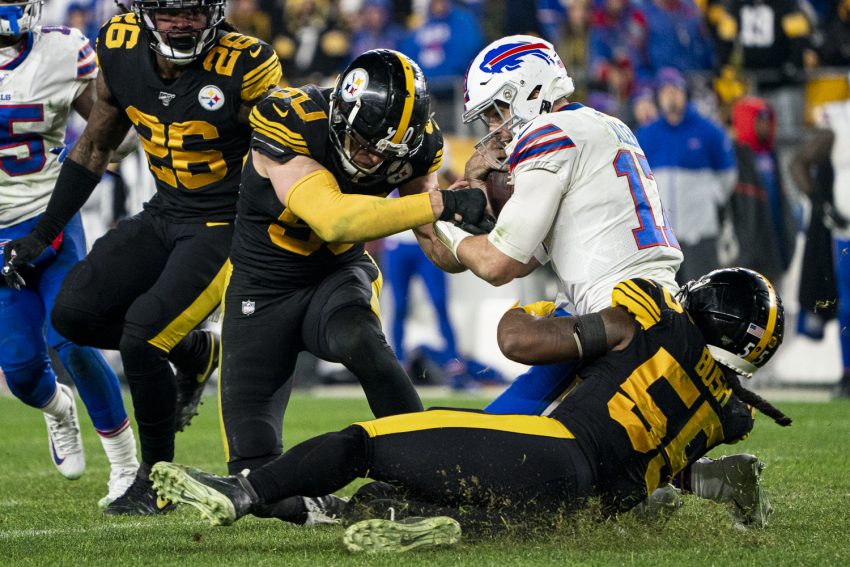
A recent incident involving the Baltimore Ravens caused significant concern among players and fans, though it did not involve any team members collapsing. During a game against the Las Vegas Raiders, a member of the sideline chain crew experienced a medical emergency and collapsed on the field. The Ravens’ medical staff immediately performed CPR, stabilizing the individual before they were transported to a hospital for further evaluation. This incident underscored the importance of having trained medical professionals at sports events to address emergencies swiftly.
The collapse occurred in a highly visible manner, drawing the attention of players and spectators alike. Many Ravens players, visibly shaken, kneeled in concern and solidarity as medical personnel worked to assist the individual. This moment highlighted the unpredictable nature of medical emergencies in high-pressure environments like professional sports.
The identity of the individual was not disclosed, but reports confirmed they were in stable condition following the event. Their collapse served as a reminder of the health risks that anyone—whether athletes, staff, or spectators—can face during intense events.
Although the medical emergency interrupted the flow of the game, the swift and effective response by the medical team minimized its impact, ensuring the safety and well-being of the affected individual. The incident also shed light on the emotional and mental strain such events place on everyone involved, especially when unexpected health crises unfold in public.
While no players were directly involved in the collapse, the emotional toll on the team was evident, reflecting the close-knit community of professional sports. Incidents like these remind us of the critical role of medical preparedness and the humanity that unites players, staff, and fans during moments of crisis.
For further updates on the individual’s recovery and any official statements from the Ravens organization, keep an eye on news outlets or the team’s social media channels. This incident has reignited conversations about safety measures and support systems within sports to handle emergencies effectively.
